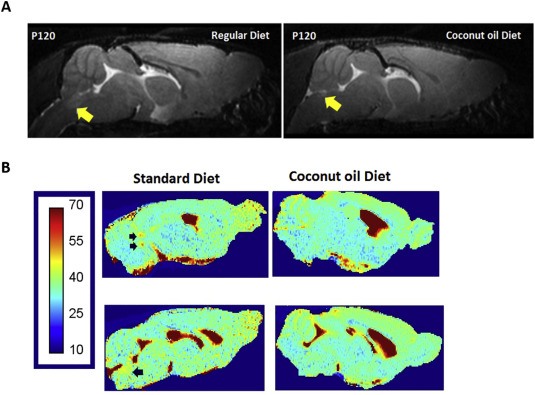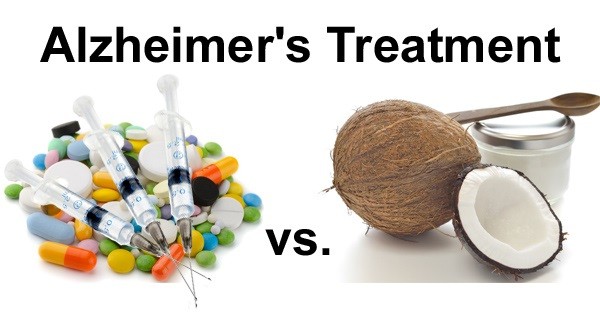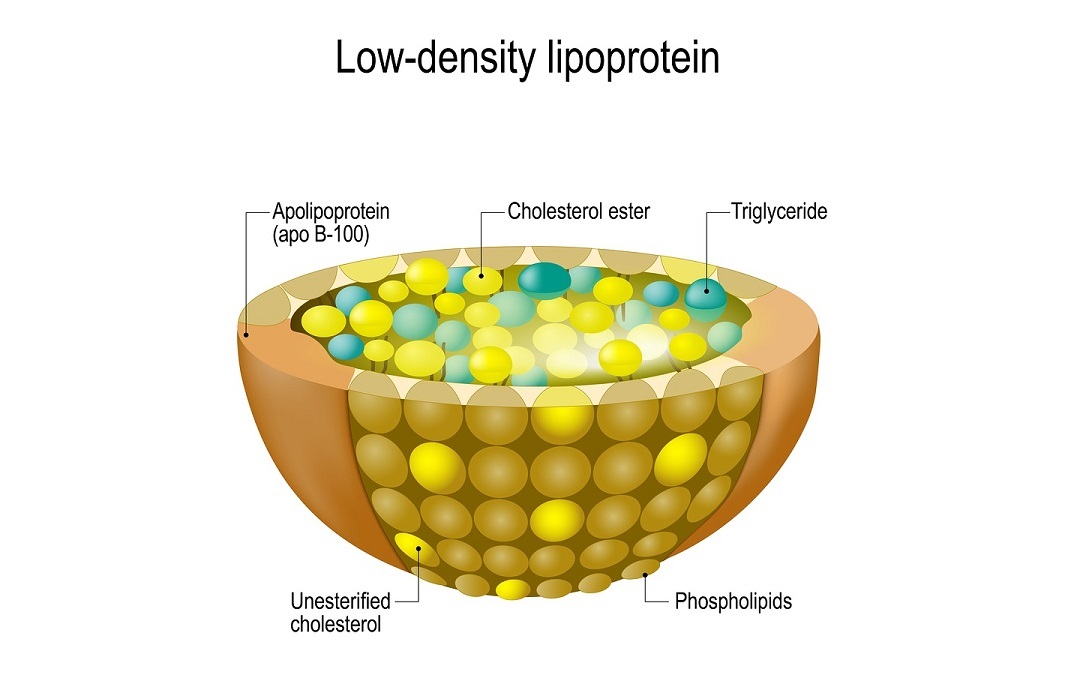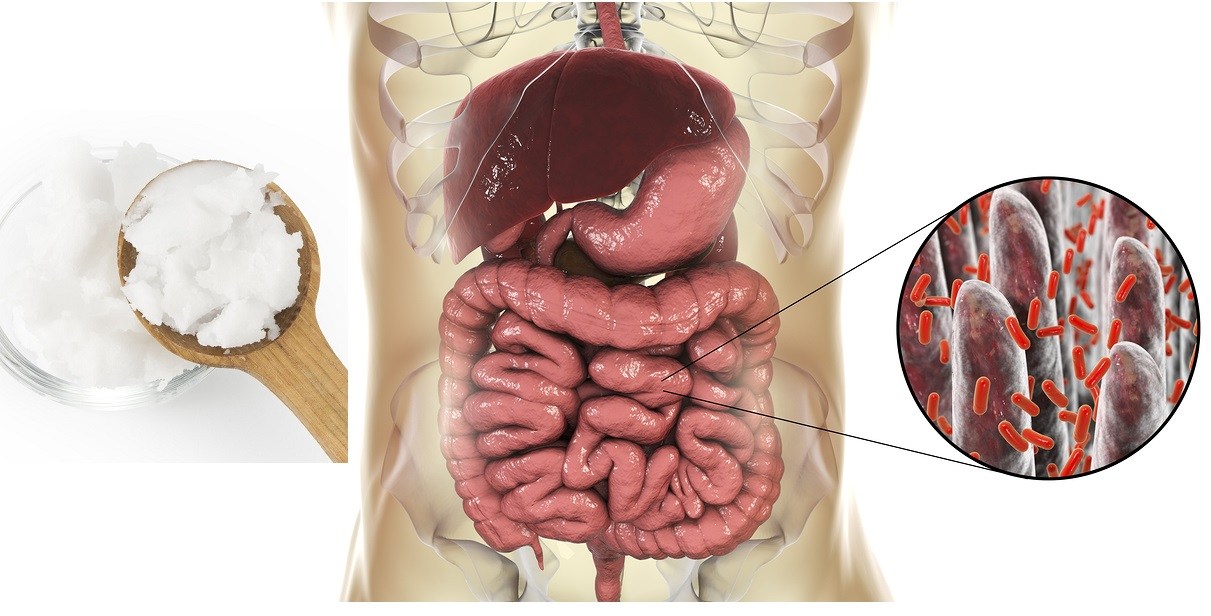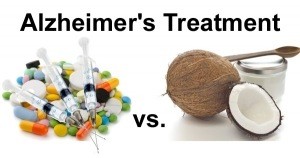Dr. Brownstein: “The Cholesterol=Heart Disease Hypothesis is Terribly Wrong”
For well over 30 years, every medical student has been taught that high cholesterol levels are responsible for causing heart disease—the number one killer in the US. And, the public has been similarly educated that eating a low-fat diet (having less cholesterol) is the best way to avoid becoming a cardiac patient. At my medical school graduation (nearly 30 years ago—oy vey!) the dean told us that we were trained with the latest medical information. He continued by stating that, unfortunately, over 50% of what was just taught to us was incorrect. He told us that it was our job to figure out what is fact and what is fiction. Perhaps my dean would be proud of me as I have dedicated my professional career to determining what is right and what is wrong with medicine. Now I can state, without equivalence, that the cholesterol=heart disease hypothesis is terribly wrong. Keep in mind, I came to that conclusion many years ago after studying the literature.





